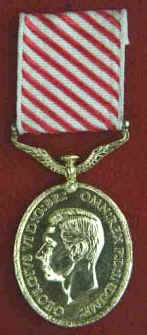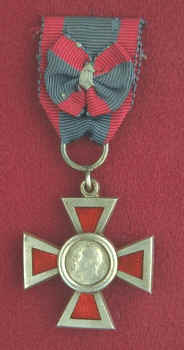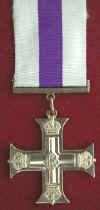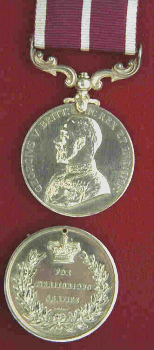|
This is the first example of an English Military Order of
Distinction that was originally designed purely for women. Queen Victoria
was so impressed by the accomplishments of Florence Nightingale and her
ladies that on St Georges Day 1883, she instituted a Decoration called the
Royal Red Cross. (Source)
Awarded to members of the officially recognised nursing services
without restriction to rank who have 'shown exceptional devotion or
competency in performance of nursing duties with the Army in the field, or
in Naval and Military or Air Force hospitals or in an Auxiliary War
hospital over a continuous or long period or who has performed some
exceptional act of bravery or devotion to the post of duty'. Awarded
in two levels-First Class with post-nominal RRC and for a lesser degree of
service in a Second Class (aka the Associate) with post-nominal ARRC. The
ribbon for both classes is of dark blue edged with crimson.
(Source)
The Associate Royal Red Cross medal was added during WWI, so
holderscould receive advancement to the RRC with further recognition. The
ARRC is silver and does not have the inscription in the enamel.
(Source) |





